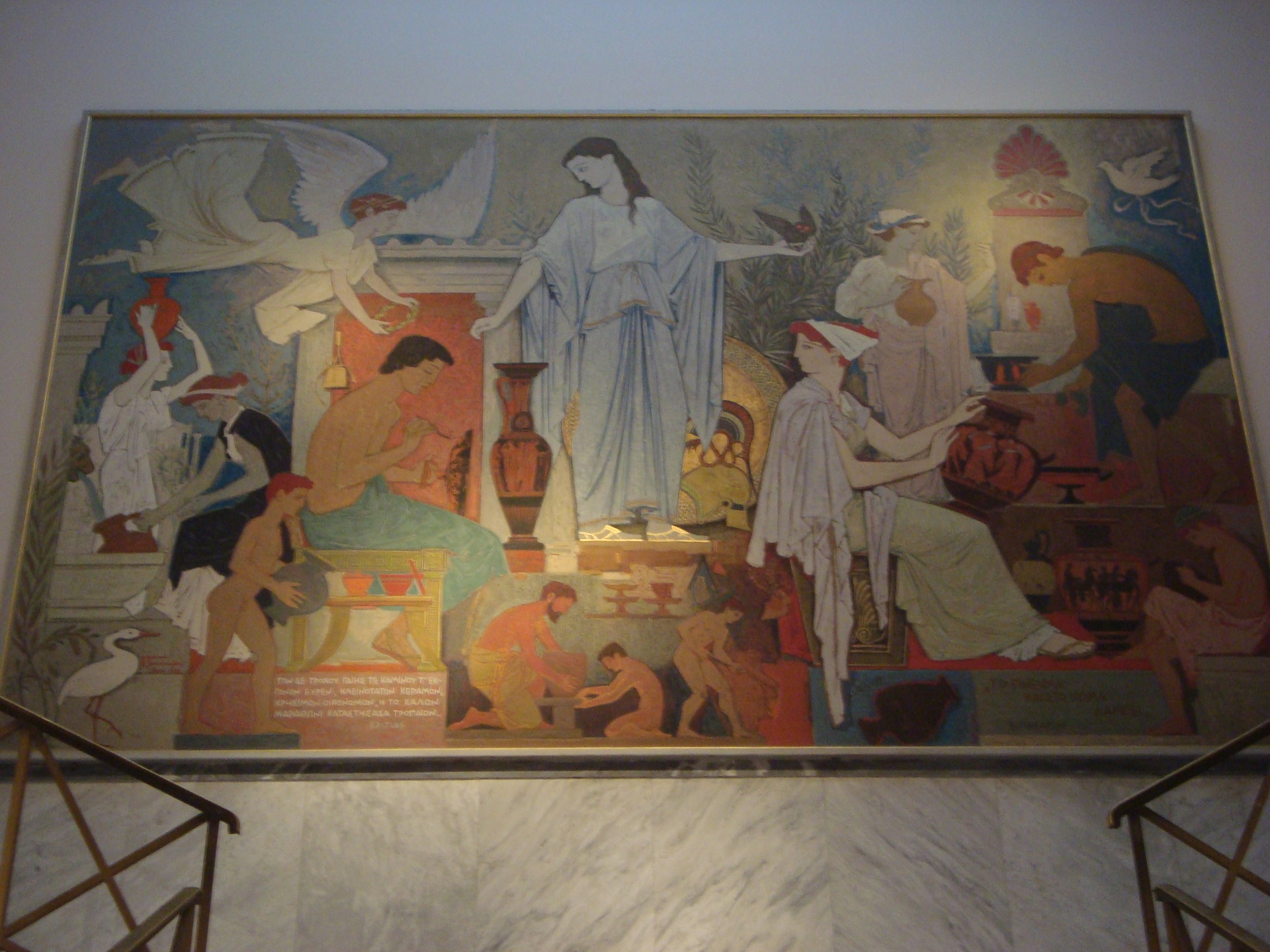National Museum of Archeology Athens - Hellenistic Period
The Hellenistic Period (4th century BC - first few centuries AD) was a period of profound political change: The poleis (city-states) gave way to the empire of Alexander the Great and his successors, spanning from Sicily to India, where Stoic Greek philosophy met Buddhism!

A famous example of an awesome invention of this time is the Antikythera mechanism, an astronomical clock from the first century BC. It showed not only the solar and lunar cycles, but also future eclipses and the next Olympic games! Later antiquity, the Middle Ages and some of the Early Modern Period could not reach this technological complexity!

This era also saw the Roman conquest of Athens in 146 BC under consul Sulla. Slowly, Rome was spreading as an empire. These death portraits in Roman style are actually from Egypt and show how mobile the upper class was and how the Roman culture had spread to other continents, just like the Greek culture had done it before! Greco-Roman gods and Oriental deities clashed or rather mingled as well in this pluralistic pantheon, eventually leading to confusion and later giving way to Christianity with the relatively simple message of divine revelation.

A modern painting in the museum's halls illustrates the richness of ancient culture (maybe idealised, but still vivid): Artisans working, people praying, children playing, animals and trees completing the image.

An uncommon relic from these times is this spiked shell of a sea snail. According to legend, they were used as horns... This reminded us that we also had to go outside and see more stuff, not only in the museum. The next part will be about exploring Athens outside!
Photo gallery
Content available in other languages
Want to have your own Erasmus blog?
If you are experiencing living abroad, you're an avid traveller or want to promote the city where you live... create your own blog and share your adventures!
I want to create my Erasmus blog! →




















Comments (0 comments)